One of the most historically important squares in the capital of Germany can be found just near the historical heart of the city.
Let’s take a closer look at some fun and interesting facts about Potsdamer Platz, one of Berlin’s amazing attractions!
1. It’s situated at walking distance of the center of the city
Potsdamer Platz is one of the major squares in the city of Berlin and is situated just near the historical center of the city.
The famous Brandenburg Gate and Pariser Platz, along with the nearby Reichstag Building, are situated within walking distance to the north. The historical landmark Checkpoint Charlie is at a similar distance to the east.
The square is a bustling intersection full of entertainment facilities, including multiple hotels, restaurants, and attractions.

2. It was named after an important city just outside of Berlin
The square was named after the city of Potsdam (the home of the famous Sanssoucci Palace), which is located about 25 kilometers (16 miles) to the southwest of Berlin. The square marks the spot where the main road between the two cities arrived at Germany’s Capital.
This road wasn’t the only one that arrived at Berlin, though, as multiple other country roads did so as well. That’s because the square marks the spot of the “Potsdam Gate,” the western gate of the Berlin Customs Wall between 1737 and 1860.
Initially built in 1734, this gate was completely rebuilt in a magnificent Neoclassical monument in 1824. It was destroyed during WWII and completely demolished in the early 1960s.
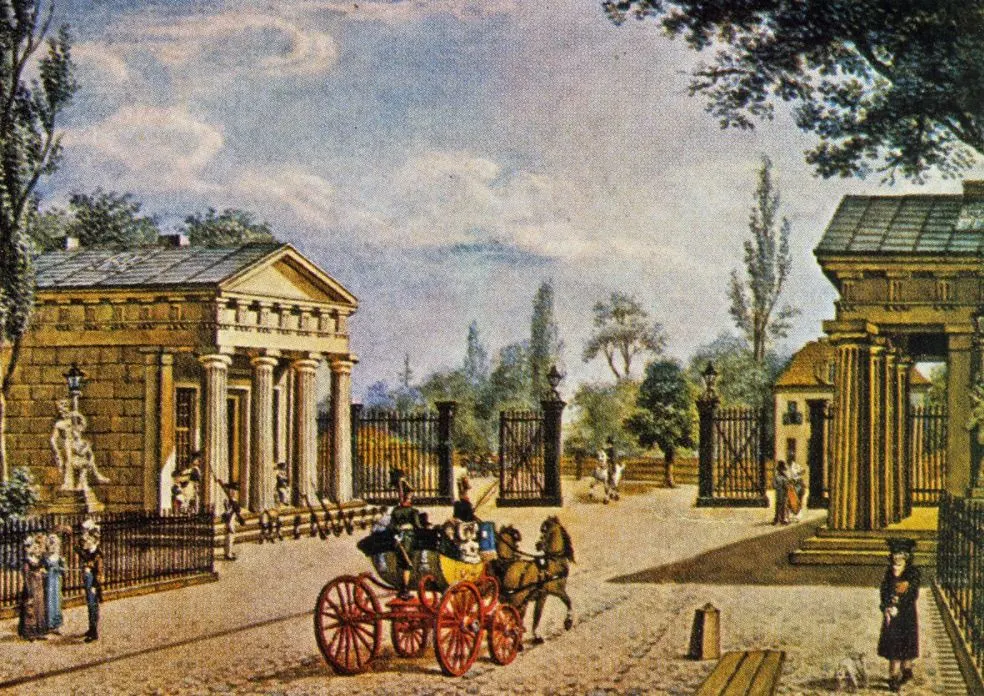
3. It was the home to the first railway station in Berlin
An important moment in the history of Berlin was the arrival of the first railway in 1838. This was accompanied by the construction of the first railway station which was located at Potsdamer Platz.

The Potsdam Bahnhof was opened that same year in 1838 and marked the start of the increased development of the square as people from all across Europe arrived here when they visited Berlin.
Just as about every other building around the square, the railway station was demolished following the war, and now only a strip of land where this building originally stood remains.
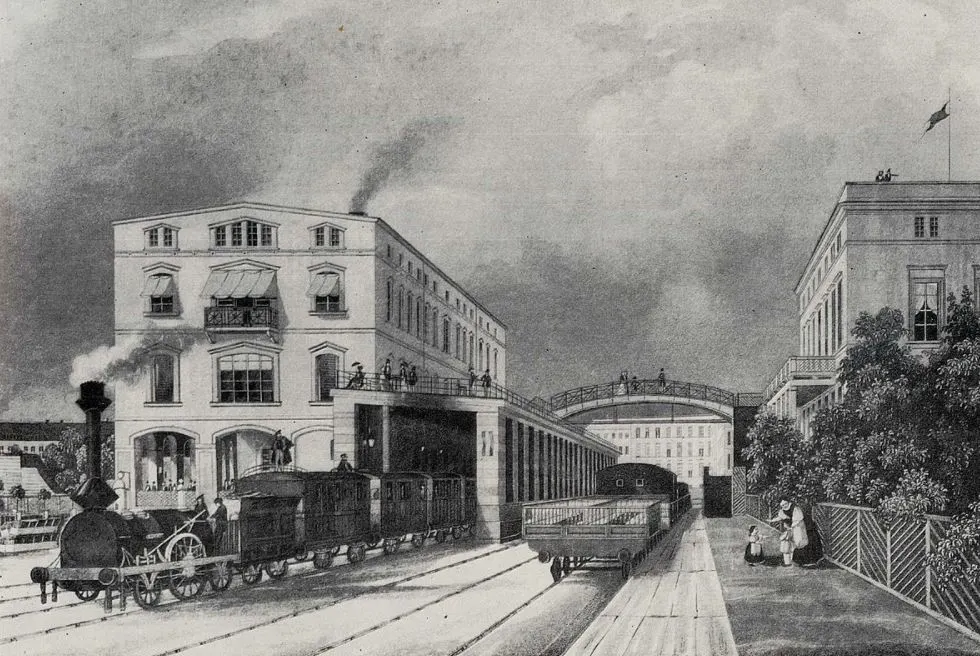
4. It became the busiest square in all of Europe in the 1920s
The arrival of the railway eventually culminated in the square becoming one of the busiest intersections in Europe by the 1920s, a decade also referred to as the “Roaring Twenties.”
During this period, it was really the heart of the city and home to multiple famous buildings, including several hotels. The most notable building near the square back then was the “Wertheim,” the largest department store in Germany and even all of Europe.
This was the equivalent of the GUM Department store on Red Square in Moscow and was opened in 1897. Its 330-meter-long façade with lighting at night was an incredible attraction in Berlin at the time.
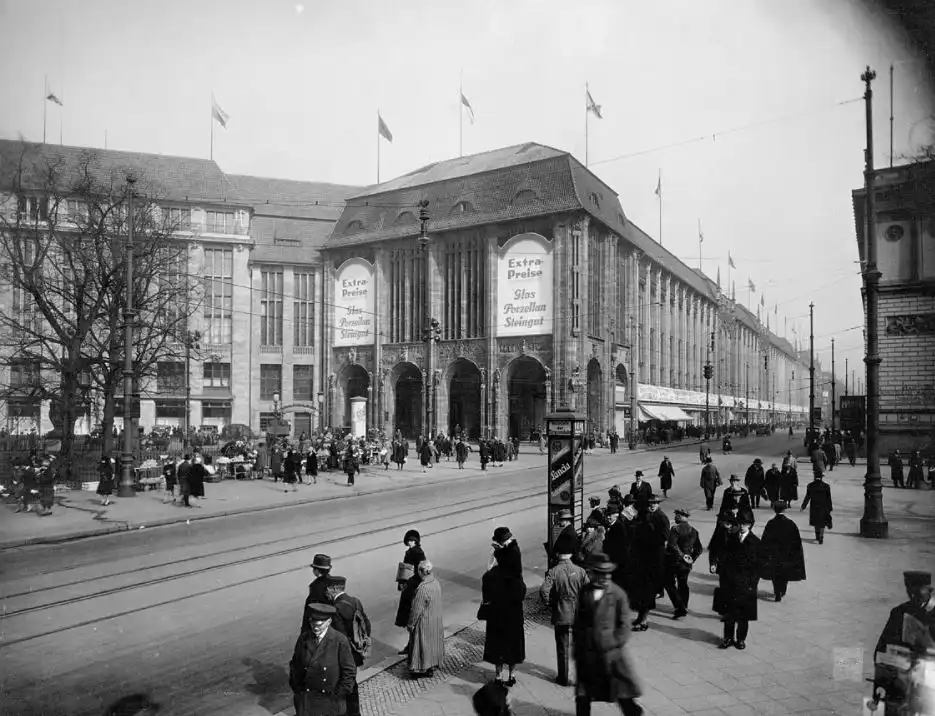
5. The square was destroyed during World War II except for 1 building
As the center of the city in the 1920s and early 1930s, Postdamer Platz became the ultimate location for innovative projects. One of these was the so-called Columbushaus, a modernist office and shopping building that was completed in 1932.
It was one of the most remarkable buildings in the city at the time due to its progressive architecture and was pretty much the only building on the square that survived the war without severe damage.
Unfortunately, it was set on fire during the June 1953 uprising in East Germany and completely demolished in 1957 as it stood on the exact spot that the Berlin Wall was constructed.
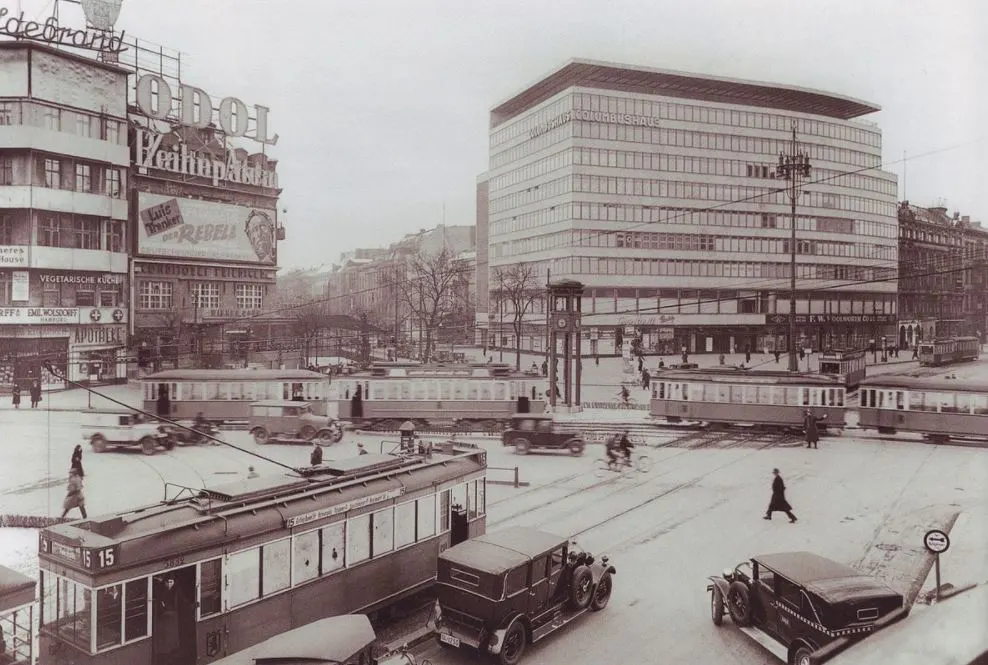
6. It became a desolate wasteland during the Cold War
The ruins of the destroyed buildings at Potsdamer Platz were demolished following the construction of the Berlin Wall in 1961. To make things even worse, the square was separated in two because the Wall ran right through it in the middle.
It would have been impossible to imagine for people in the 1920s, but this once bustling intersection was reduced to an empty and desolate area where nothing happened for over 28 years.

7. It was one of the first places that the Berlin Wall was breached
The horrible Wall finally started coming down on November 9, 1989, and the square became one of the first locations where a breach was turned into a permanent crossing between East and West Berlin.
This happened on November 11 of that year, just two days after the fall of the Wall. This was remarkably a month earlier than the world-famous crossing near the Brandenburg Gate.
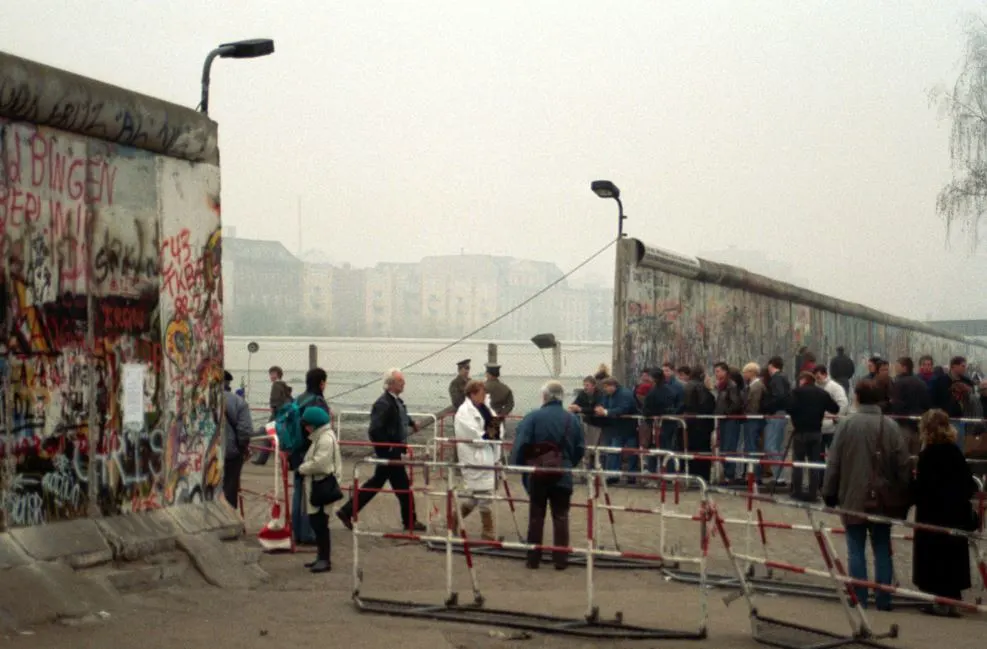
8. A line on the ground marks the spot of the Berlin Wall’s location
The remains of the Berlin Wall will always be a permanent reminder in the city of this horrible period in history. The Berlin Wall Memorial even offers an insight into how the situation back then really was, as well as Checkpoint Charlie.
At the square, the only reminder is a line made of cobblestones which marks the location where the wall once stood.
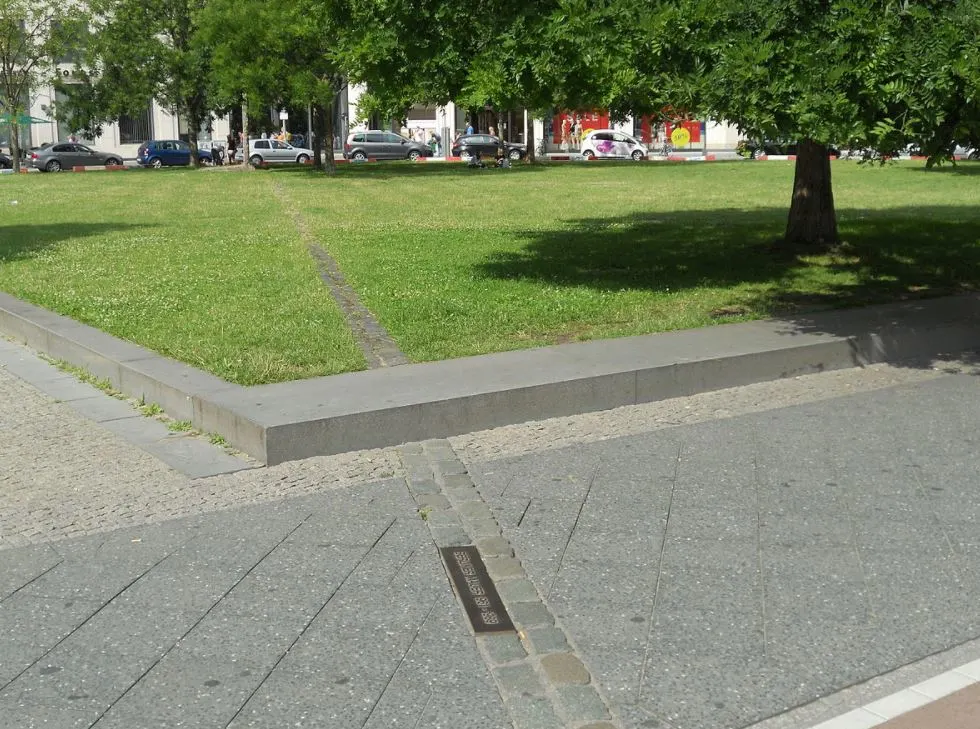
9. The square features a replica of Germany’s first traffic lights
As the center of the city and the ultimate place of innovations, it’s not unsurprising that the first traffic lights in Germany were installed here.
One of the most amazing facts about Potsdamer Platz is that a replica of these traffic lights has been installed on the exact spot where they originally stood.
This tower was originally installed on October 20, 1924, and became operational on December 15, 1924. The installation of these lights just emphasizes the sheer volume of traffic that passed here in the 1920s.
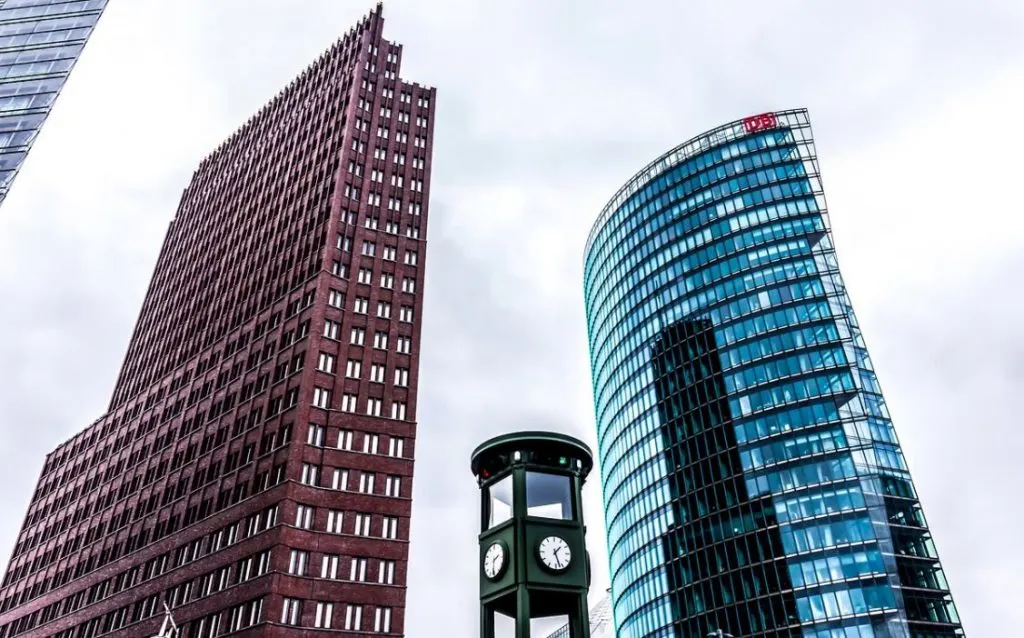
10. It became a large building site following the German Reunification
Following the German Reunification in the early 1990s, the square was completely remodeled and sold to commercial investors in 4 parts. This wasn’t a popular decision initially, but this remarkably turned out to be a great decision.
The square became a huge construction site and the result was that it became once again the commercial center of the city, a spot that you simply need to put on your bucket list when visiting Berlin!

